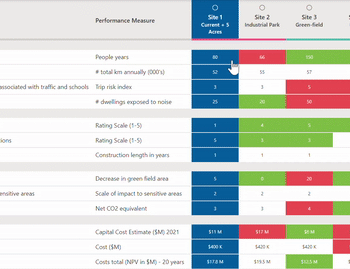What is the DRIPA Action Plan all about?
- Posted by Compass Resource Management
- On May 4, 2022
In May, we reviewed the DRIPA Action Plan. The Action plan was released in March, and outlines 89 specific actions that government ministries will take to create a better province for Indigenous Peoples in B.C. As part of our homework for the session, we reviewed the Plan, and identified the Actions we thought were particularly pivotal to improving resource management in B.C. – and which Compass might be in a good position to support and contribute to.
A number of points under Theme 2 – Title and Rights of Indigenous Peoples stood out to us, including:
2.4 Negotiate new joint decision-making and consent agreements under section 7 of the Declaration Act that include clear accountabilities, transparency and administrative fairness between the Province and Indigenous governing bodies. Seek all necessary legislative amendments to enable the implementation of any section 7 agreements. (Ministry of Indigenous Relations and Reconciliation, Ministry of Land, Water and Resource Stewardship)
2.6 Co-develop strategic-level policies, programs and initiatives to advance collaborative stewardship of the environment, land and resources, that address cumulative effects and respects Indigenous Knowledge. This will be achieved through collaborative stewardship forums, guardian programs, land use planning initiatives, and other innovative and evolving partnerships that support integrated land and resource management. (Ministry of Land, Water and Resource Stewardship, Ministry of Indigenous Relations and Reconciliation, Ministry of Environment and Climate Change Strategy, Ministry of Forests, Ministry of Energy, Mines and Low Carbon Innovation, BC Oil and Gas Commission)
We reflected on how directly these Actions relate to our projects focused on designing governance and shared decision-making processes; and collaborative co-management of the environment (including water, land, and cumulative effects projects). We see the DRIPA Action plan strengthening the mandate of these projects – it’s a commitment we can emphasize when G2G processes face uncertainty or resistance.
We all agreed that while the Action Plan makes important steps, we wanted more details about implementation. We had all kinds of questions “what next” and how to put this into practice. We wondered about what institutional changes are being considered to turn these actions into reality. We decided for our next Reconciliation Session, we would do a deeper dive into the Service Plans and Budgets of specific Ministries to see if that gave us more information about how DRIPA actions will be resourced and implemented.



0 Comments